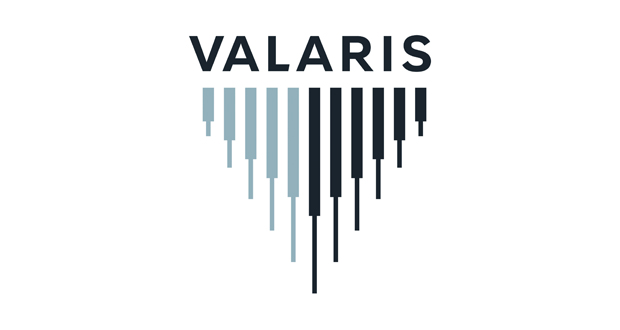Valaris announces pair of contract awards for semisubmersible

Valaris has been awarded two one-well contracts with subsidiaries of Murphy Oil for its semisubmersible VALARIS DPS-5.
The first contract is in the US Gulf of Mexico and is expected to commence in the third quarter 2022 with a minimum duration of 30 days. This contract has a one-well option with an estimated duration of 90 days. The second contract, offshore Mexico, will commence in direct continuation of the first contract and has an estimated duration of 60 days.




